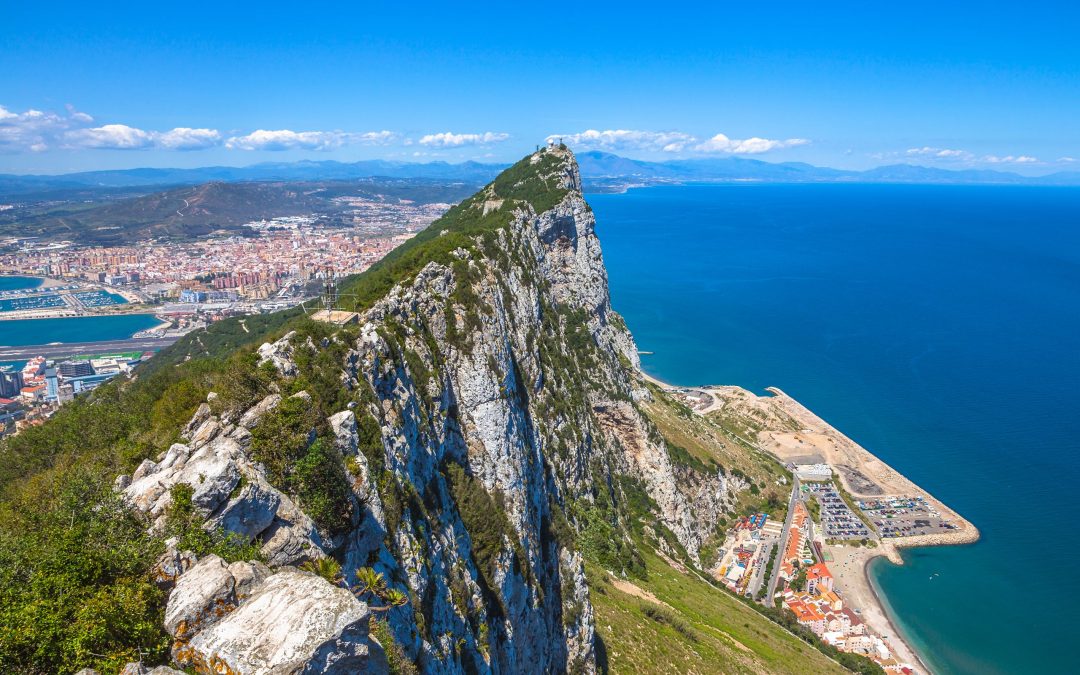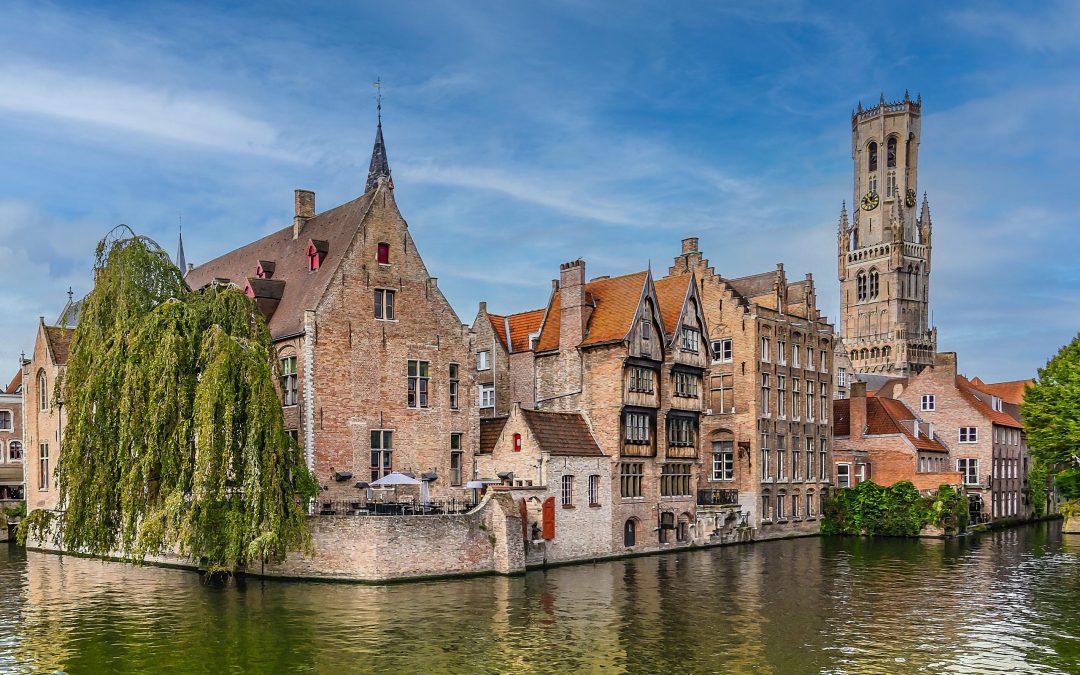
Gibraltar Travel Guide
Welcome to The Rock
Welcome to The Rock, British style at the tip of Spain, if you are looking Britishness then you will find it in Gibraltar, from the moment you arrive in Gibraltar international airport you in a British Overseas Territory, which holds British values from the past, red phone boxes, fish and chips and much more. You can now either take a taxi or take the bus to the market place (service number 5) Gibraltar is a monolithic peninsula, its limestone base thrives unique vegetation and many species of migrating birds, Gibraltar is only fourteen miles from Africa so the climate is very mild. If you go the Douglas Lookout on the top the upper rock you can take great photos of the rock and Africa in one direction and Spain in the other direction.
The town itself is on the western side of the rock with many of the buildings outside of the town wall being built on reclaimed land; Gibraltar’s heritage goes back to the Moors who controlled the Mediterranean and Spain until 1492.
Grand Casemates Square, Gibraltar
I have visited Gibraltar twice and I love the rock, a little piece of England on the Mediterranean, great location, nice people and wonderful restaurants, and the Ocean Village marina is full of all types of fish, no Dolphins, they are out to sea, but you can take a trip on the many boats offering Dolphin watching.
the old town is only a short walk away where you will find the busy Casemates Square, with its Restaurants and its English style Pubs and fish and chips. The Star Bar (Gibraltar’s oldest legal drinking establishment) dates back several hundred years is in Parliament Lane.


Main Street Gibraltar
Main Street is Gibraltar’s main commercial and shopping district. It runs north-south through the old town which is pedestrianised and lined with buildings displaying a blend of Genoese, Portuguese, Andalusian, Moorish, and British Regency styles.
Shops along this pedestrian-friendly thoroughfare sell pretty much everything, including cosmetics, perfumery, jewellery, designer glasses, tobacco and spirits, high end linens, and electronics. Marks & Spencer, Holland and Barrett, Next, F&F, Pandora, Dorothy Perkins, and Boux Avenue are to name but a few of the big-name brands.
Irish Town name dates back to the early 19th century when Gibraltar was split into differing quarters and is one of the oldest streets in Gibraltar. It runs from Main Street, just south of Casemates Square to John Mackintosh Square, parallel to the heavily fortified Line Wall. Today it is a pedestrian precinct with bars, restaurants and coffee shops.
The Convent (Gibraltar)
The Convent has been the official residence of the Governor of Gibraltar since 1728. It was originally a convent of Franciscan friars, hence its name, and was built in 1531, and heavily rebuilt during the 18th and 19th centuries. The official Changing of the Guard takes place a few times a year on anniversaries and special occasions.
The Southport Gates are three city gates in the British Overseas Territory of Gibraltar. They are located in the Charles V Wall, one of the 16th century fortifications of Gibraltar. The gates are clustered together, with the South Bastion to the west, and the Trafalgar Cemetery to the east
Trafalgar Cemetery is key landmark in Gibraltar’s military history, it commemorates the famous Anglo-French/Spanish Battle of Trafalgar fought off Cape Trafalgar in 1805. Although there are only two casualties of the Battle buried in the Cemetery, a ceremony to commemorate Lord Nelson’s victory is held every year.
In Red Sands road you will find the Gibraltar Cable Car is an aerial tramway in Gibraltar. The base station of the cable car is located near the southern end of Main Street, next to Alameda Gardens


Alameda Wildlife Park
The Alameda Wildlife Park first came to existence in 1994. Local Customs authorities confiscated a collection of parrots, land tortoises and monkeys from illegal traders who were passing through Gibraltar. The animals were handed over to G.O.N.H.S., (Gibraltar Ornithological and Natural History Society).
Nestled in the beautiful Alameda Botanic Gardens, the AWCP is home to a collection of both exotic and native species. The AWCP is the only Wildlife Park in Gibraltar.
Alameda Wildlife Park looks after exotic animals confiscated by Gibraltar customs, unwanted exotic pets and animals such as the Cotton-topped tamarin, on loan from international Zoos, to raise awareness of important endangered species through conservation education.
Gibraltar Lighthouse
The Europa Point Lighthouse stands proudly at the very tip of Gibraltar. Its great beam lights the way for mariners sailing through the often turbulent Straits of Gibraltar, where the Mediterranean Sea and the Atlantic Ocean collide. Stand on the very tip of Europa Point and appreciate the incredible views and the iconic red and white striped lighthouse.
Views of North Africa can be seen across the Strait of Gibraltar including Ceuta and the Rif Mountains of Morocco; as well as the Bay of Gibraltar and the Spanish towns along its shores. It is accessed from the old town by Europa Road





